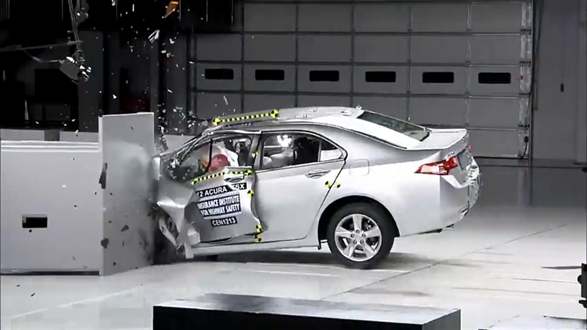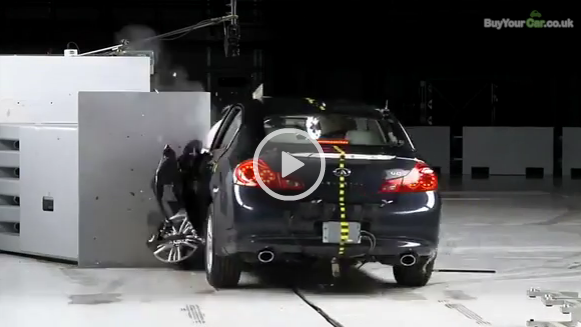Cars are much safer than they used to be. It's an irrefutable fact.
Get into a crash in your modern-day Mondeo and you'll be about a gazillion times less likely to die than if you had the same accident in a twenty-year-old Sierra.
However, are we going far enough? Is there room for improvement?
Before the 1990s, things were very different. To put a car on sale, all car manufacturers had to do to prove that their car was safe enough not to decapitate the driver in a prang in a Sainsbury's car park*. Then Euro NCAP came along and suddenly every car-maker from Alfa Romeo to VW was cramming their cars full of airbags, ABS and ESP in a desperate bid to make their cars safer than the competition.
And it's worked.
Today you're far less likely to die at the wheel of your car. And this, I think we're all agreed, is 'a good thing.'
The problem is that people are still dying on the roads, yet most cars pass the Euro NCAP tests with a five star rating. So what's the problem?
Well, it could be argued that the NCAP tests are not strict enough. Indeed, they have changed very little since 1997, and cars are a great deal safer now than they were then. However, help could be at hand from the Insurance Institute for Highway Safety (IIHS) -- the American version of our Euro NCAP. They've devised a new test in which cars are driven into a pole at 40mph. The new test is far more demanding on the vehicle's structure than the current tests and, if adopted by Euro NCAP, could see cars become safer still.
Click on the image below for some gratuitous footage of the IIHS's new pole test.
The problem is that car manufacturers don't really care about safety. Sure, they pretend to, but only because a poor crash test rating would hurt sales. Improvements in car safety need to be instigated by Euro NCAP, not the manufacturer.
So, will the pole test find its way into the Euro NCAP programme? We'll have to wait and see.
*This is a slight exaggeration, but you get the idea.









